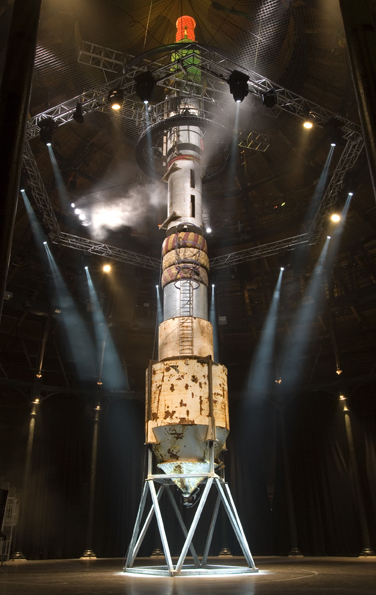Sculpture Unlimited
November 17, 2010, 10.a.m. - 9 p.m. Audimax, Kollegiumgasse 2
An international symposium organised by the Institute of Fine Arts and Cultural Studies.
Presentation of the new edition "fountain".
Curated by Eva Grubinger and Jörg Heiser, Moderator: Jakob Neulinger, Sculpture-transmedial space
With: Jennifer Allen, Nikolaus Hirsch, Martin Hochleitner, Jörg Heiser, Aleksandra Mir, Vivian Rehberg, Jan Verwoert und Anne von der Heiden.
www.sculpture-unlimited.info
10.00 a.m.: Welcome Reinhard Kannonier, Rector
10.15 a.m.: Introduction Eva Grubinger
10.30 a.m.: Vivian Rehberg: Why Baudelaire was wrong about Sculpture
11.15 a.m.: Jennifer Allen: Asocial Sculpture: Sculpture in the Age of Internet
12.00 a.m.: Aleksandra Mir: Who Cares about Scupture? I Just Want to Make Impossible Things!
12.45 p.m.: Lunch break
2.30 p.m.: Jan Verwoert: The Devils Inside the Thing Speak with the Devils Outside (Sculpture, Self-made, Juju Magic)
3.15 p.m.: Nikolaus Hirsch: Infrastructural Models
4.00 p.m.: Coffee break
4.30 p.m.: Jennifer Allen, Jörg Heiser (moderator), Anne von der Heiden, Nikolaus Hirsch, Martin Hochleitner: Is there anything like an "essence" of sculpture? Preliminary overview of an expanded concept of sculpture.
5.45 p.m.: Drinks and presentation of the news edition "fountain", the magazine of the programme Sculpture-Transmedial Space, with a performance by Andreas Haslauer.
7.00 p.m.: Buffet and Party
Auguste Rodin originally conceived his famous monument The Burghers of Calais (1889) without a base. The citizens forced to witness the defeat and occupation of their city were to be at eye level with the viewers. From the 1910s on, Constantin Brancusi began to push sculpture radically towards abstraction, in the process transforming the base into an integral element of the artwork. Around the same time, Marcel Duchamp started to develop his readymades – found, industrially manufactured objects that profoundly challenged the definition of what could be considered a sculpture or even a base. In the 1960s and 1970s, the sculpture concept was further expanded to include land art and architecture (Rosalind Krauss’ expression “sculpture in the expanded field” comes to mind) or social interaction (Joseph Beuys’ notion of the “social sculpture”), as well as involving text, photography, film (Robert Smithson’s slide shows, films and texts published in art magazines) and performance (e.g. Gilbert & George’s living sculptures), without neglecting the grey zone between object and image (Donald Judd’s specific objects or Nam June Paik’s video sculptures) or works mingling of all of the above (e.g. Dan Graham). At the same time, artists like Louise Bourgeois, Eva Hesse or Yayoi Kusama eroded the machistic-masculine preconceptions of sculpture – the phallic order of the sculptor heroically hewing away at a vertical block of stone.
Against this historical backdrop, however, it seems almost as if sculpture has become an arbitrary discipline, since practically anything can be construed as a sculpture. By comparison, painting is much easier to define despite innumerable attempts to extend and radicalise the underlying concept. Yet interest in the history of sculpture seems to be reviving, including traditional techniques and production methods, which often appear radical and new in our age of Internet and simulation. Is it at all possible to expand towards the “inside”, towards the history of sculpture?
What would be a viable definition of sculpture, e.g. to account for the often vague differentiation between “installation” and “environment”? What skills do sculptors truly need? Last but not least: how can a contemporary sculpture department of a university dedicated to the arts define its field of work in a useful and stimulating manner?

